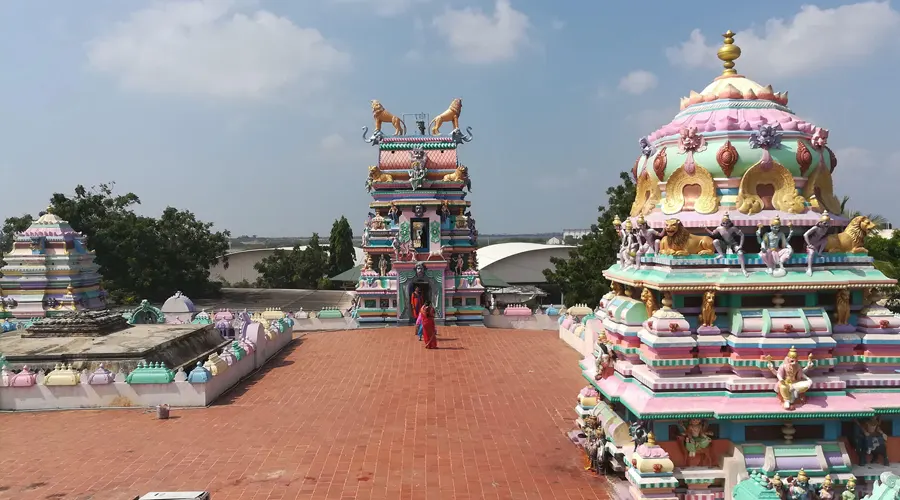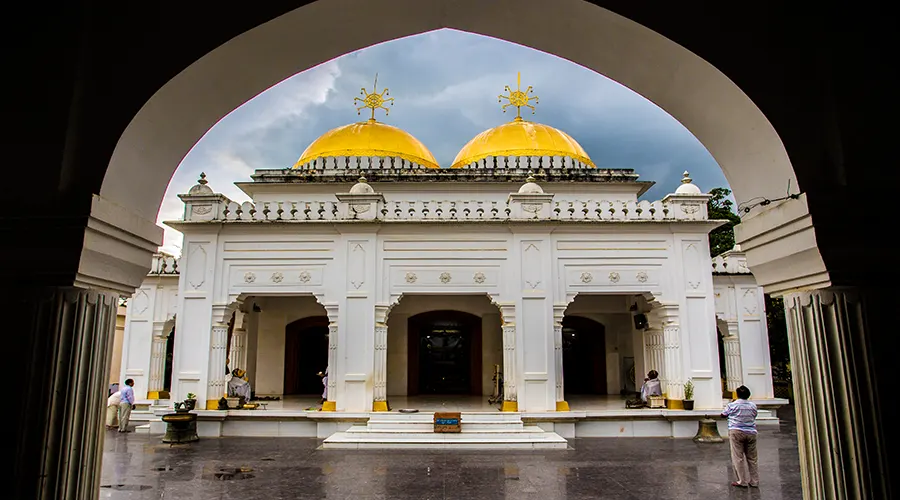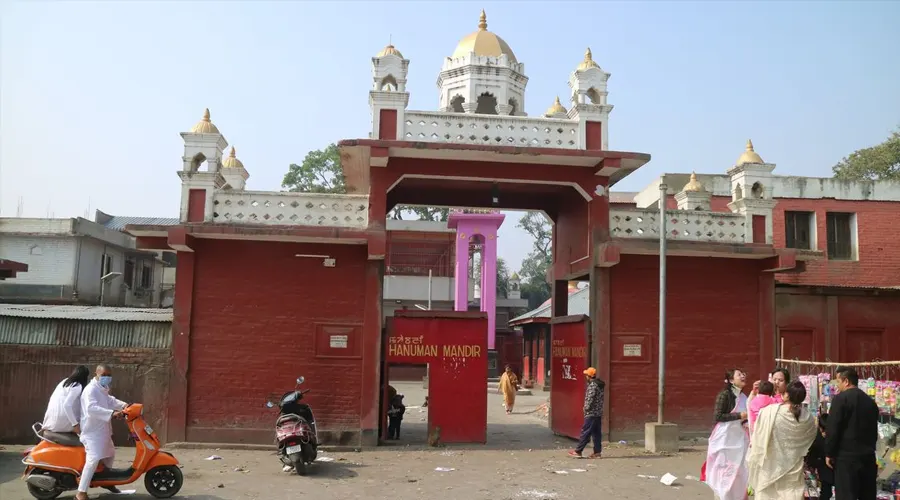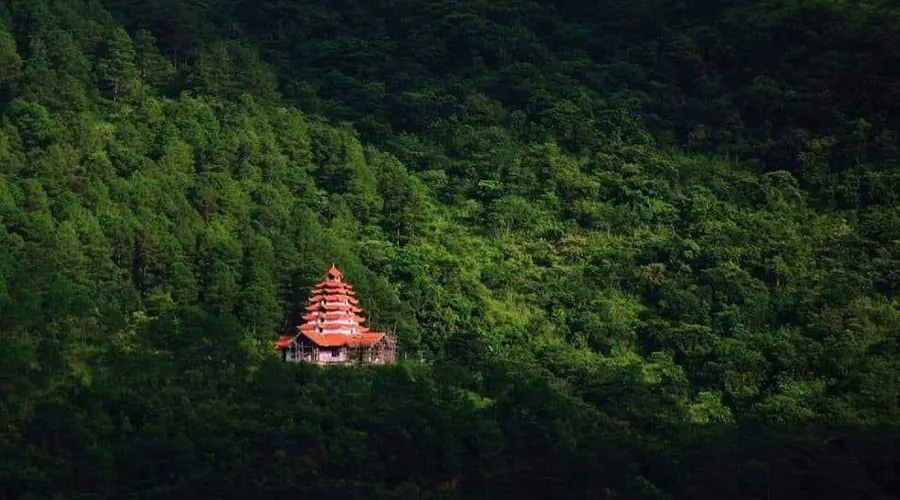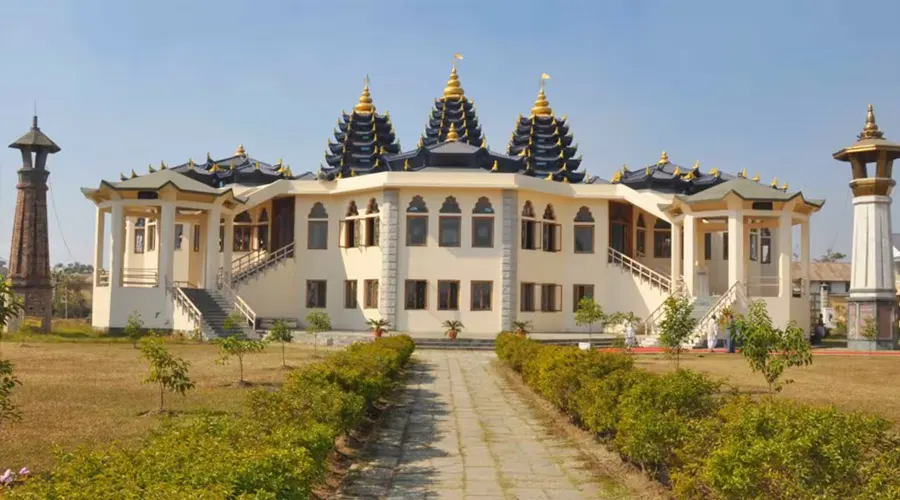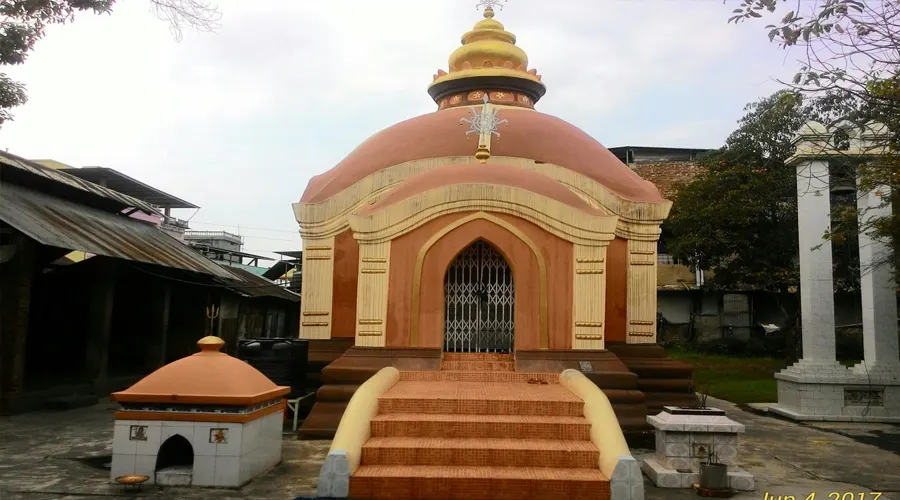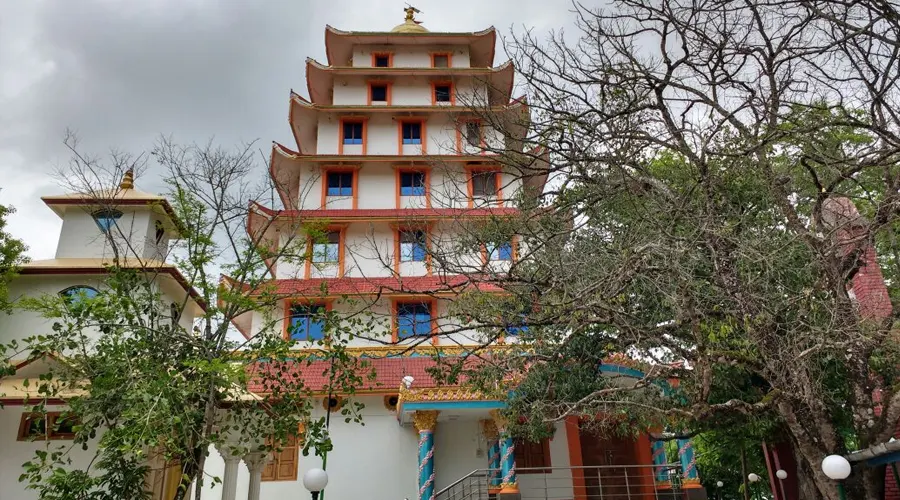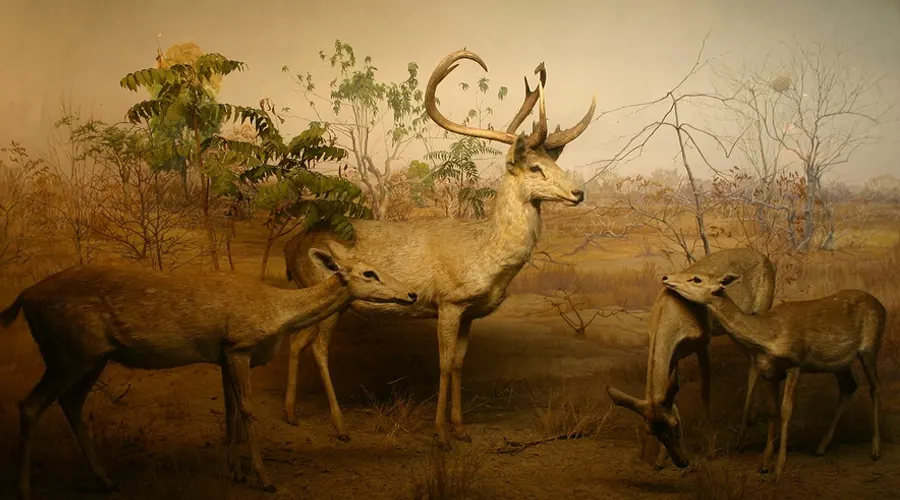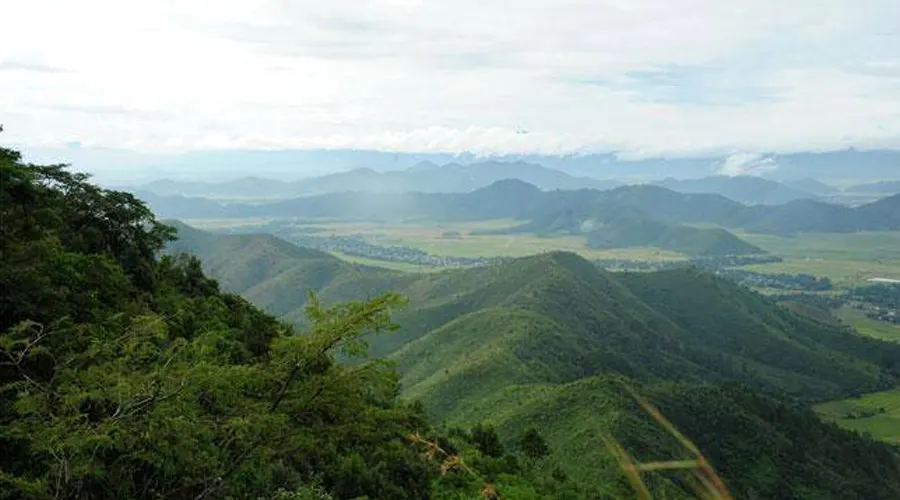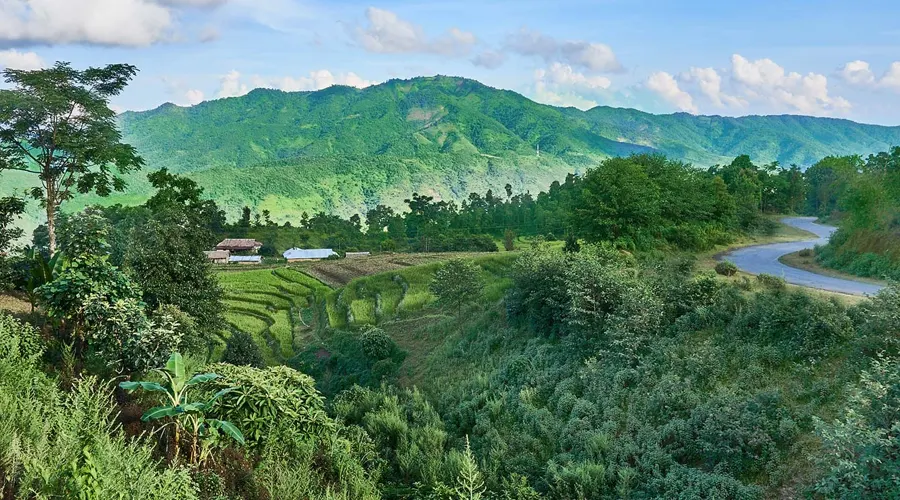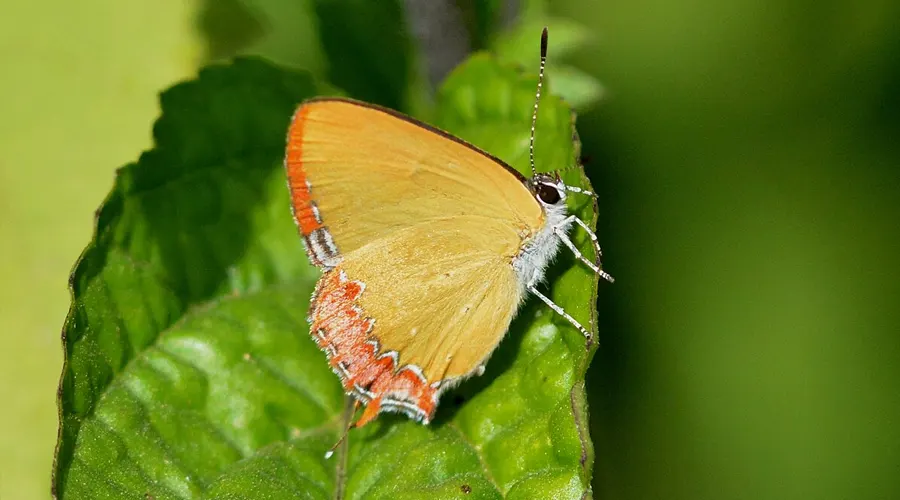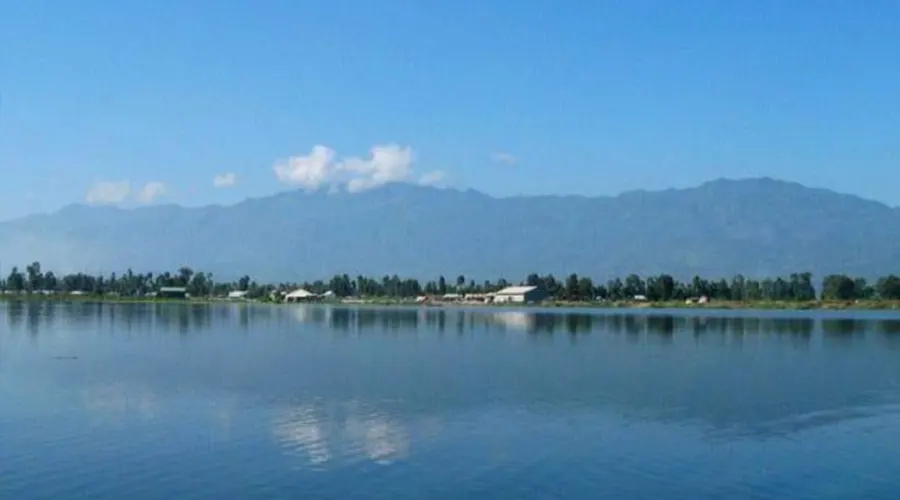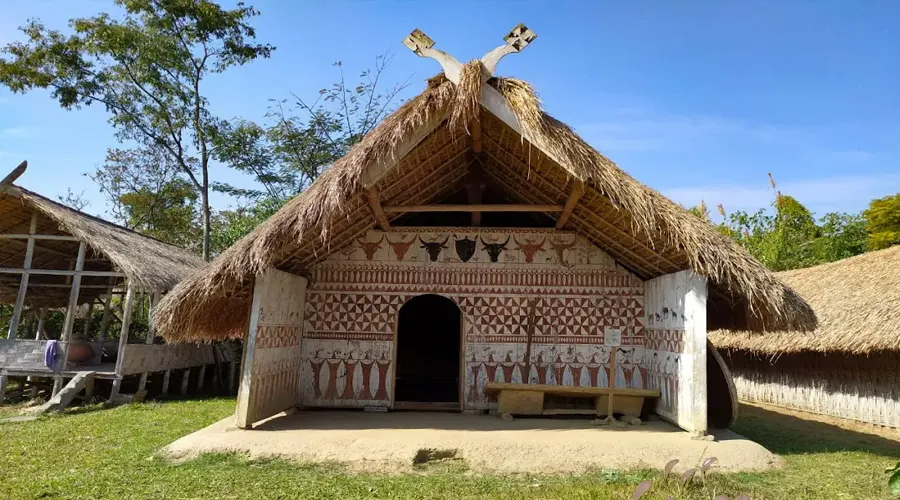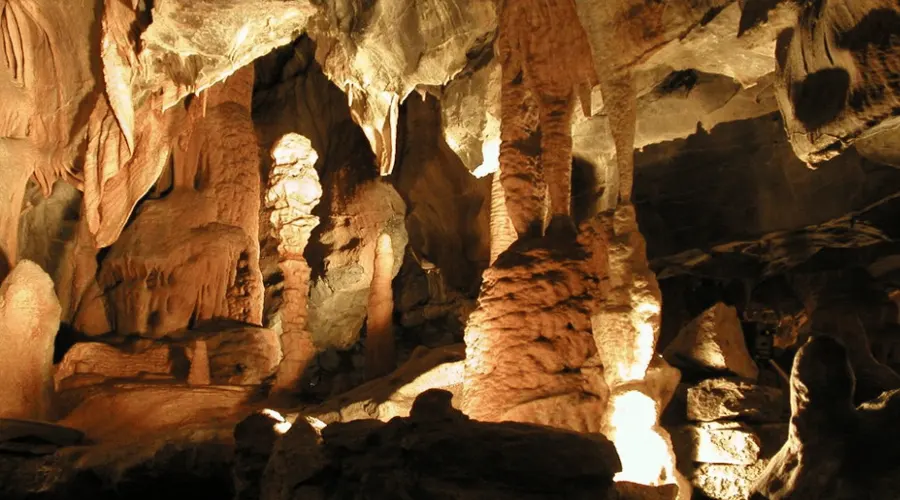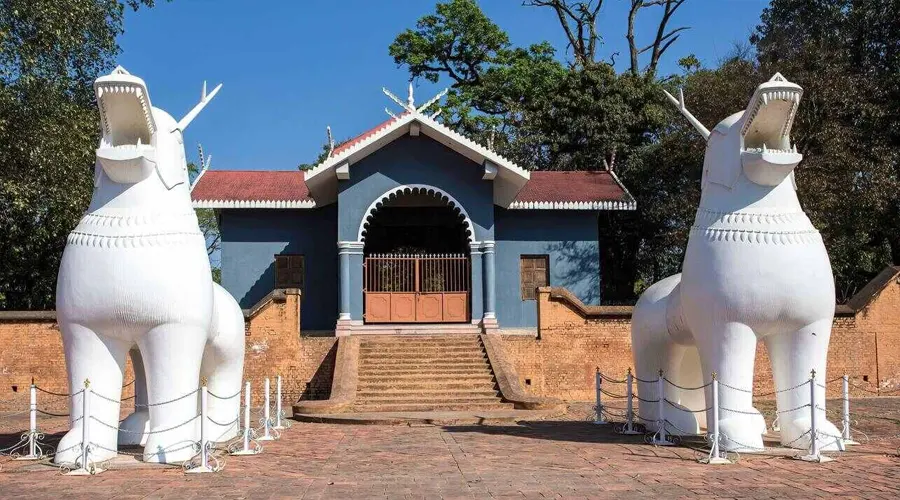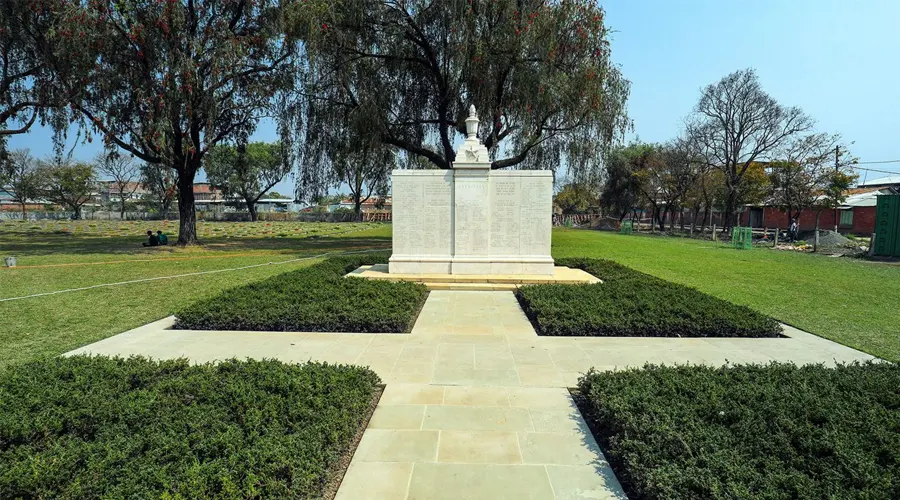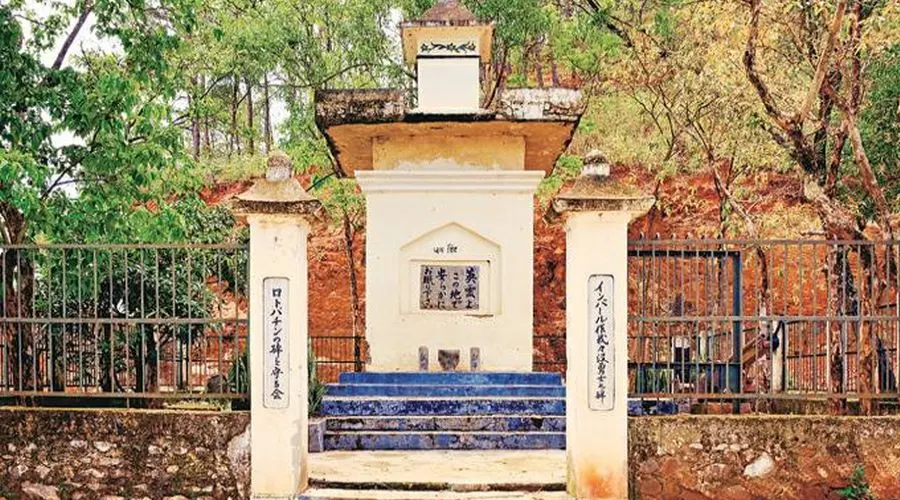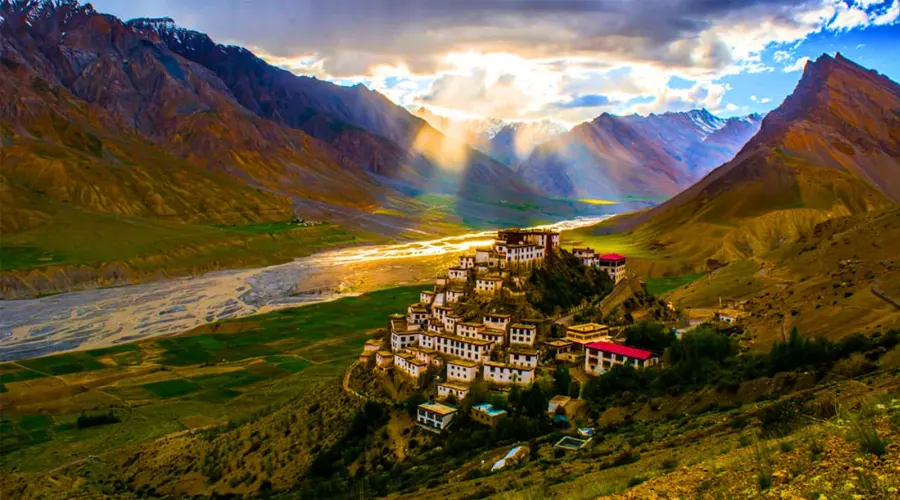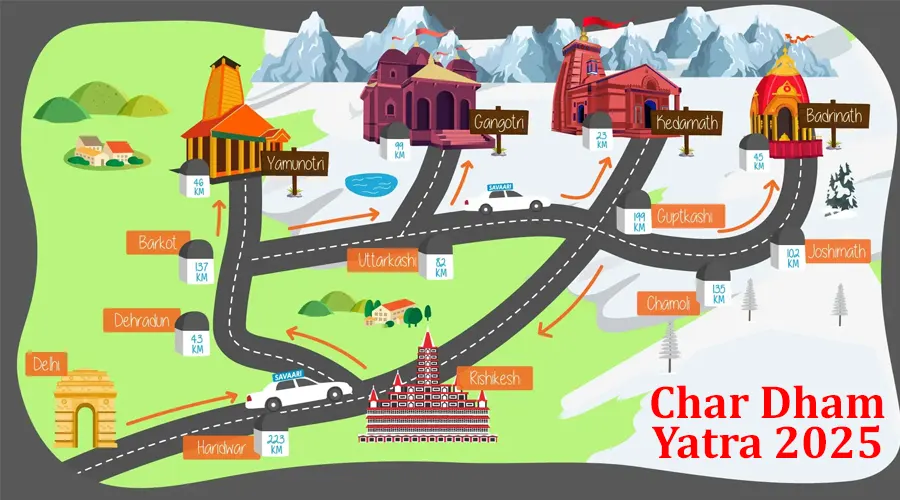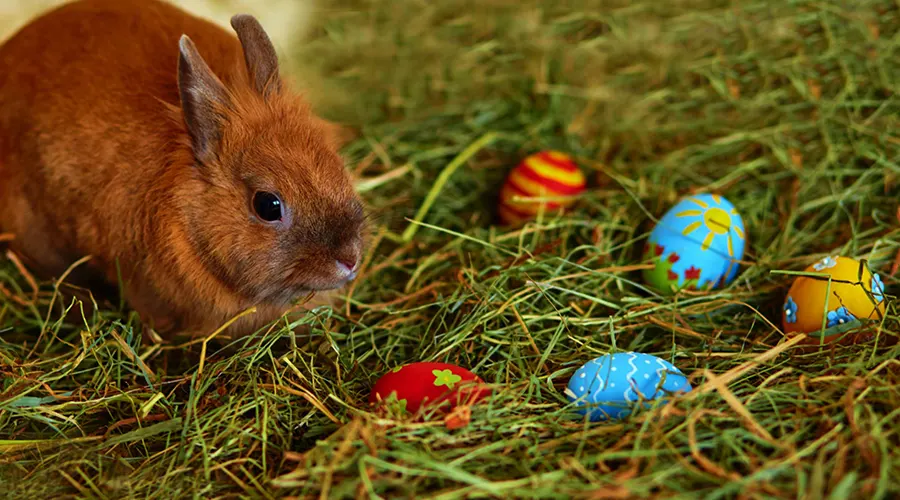Nityananda And Narasimha Temple
Nityananda and Narasimha Temple in Manipur is a magnificent blend of spirituality and architectural splendor. Discover the rich cultural heritage and serene ambiance of this sacred site, nestled amidst the scenic landscapes of Manipur, offering a unique experience of devotion and tranquility.
This temple is dedicated to Lord Krishna, particularly in his form as Nityananda. It is situated in the heart of Imphal, the capital city of Manipur. The temple is known for its vibrant festivals and spiritual activities, attracting devotees from various parts of the state and beyond. The architecture of the temple reflects the traditional Manipuri style, adorned with intricate designs and colorful motifs.
Understanding the history and tales behind the formation of this temple is always fascinating. The ancient construction and idols that are still present in the temples will simply attract you. People have strong beliefs, and this has been one primary reason for tourists and pilgrims from all around the world to visit the temple.
There is also a saying that the prayers here in the temple are usually fulfilled. Therefore, there is always a massive crowd of tourists here. On the other hand, the temple is situated at a location that has a fantastic view of the holy site. This makes it another great place for people to click pictures in a peaceful environment.
History of Nityananda and Narasimha Temple
Dedicated to Lord Nityananda, a revered saint and prominent figure in the Gaudiya Vaishnavism tradition, this temple is a place of worship and pilgrimage for devotees. Lord Nityananda is considered an incarnation of divinity and is worshipped alongside Lord Krishna and Lord Chaitanya. The temple serves as a center for bhakti (devotional) practices and spiritual gatherings. Devotees visit to seek blessings, offer prayers, and participate in various rituals and festivals dedicated to Lord Nityananda.
The Narasimha temple is dedicated to Lord Narasimha, an incarnation of Lord Vishnu, who appeared to protect his devotee Prahlada and destroy the demon Hiranyakashipu. This temple holds immense religious significance, especially for followers of Vaishnavism. Lord Narasimha is revered as a powerful deity who embodies courage, righteousness, and protection. Devotees visit the temple to seek protection, courage, and blessings for overcoming obstacles and challenges in life. The temple often conducts special prayers, rituals, and festivals dedicated to Lord Narasimha, attracting devotees from far and wide.
Architecture And Design of Nityananda And Narasimha Temple
The Nityananda Temple showcases typical South Indian temple architecture, characterized by its towering gopurams (gateway towers), pillared halls, and intricate carvings.
Layout: The temple follows a traditional layout known as “panchayatana,” where the main sanctum dedicated to the deity is surrounded by smaller shrines for other deities, arranged in a symmetrical pattern.
Main Features of Nityananda Temple in Manipur
- Gopuram: The temple’s entrance is marked by a grand gopuram adorned with sculptural depictions of deities, celestial beings, andmythological scenes.
- Mandapa: Visitors enter through a pillared mandapa (hall), where religious ceremonies and rituals take place.
- Sanctum: The central sanctum houses the deity Nityananda, often depicted in a seated or standing posture, surrounded byofferings and devotees.
- Prakaram: The circumambulatory path around the main sanctum allows devotees to perform pradakshina (circumambulation),an integral part of Hindu worship.
- Materials: The temple is typically constructed using stone, with intricate carvings showcasing the craftsmanship of artisans.
- Symbolism: The temple’s design symbolizes the journey of the devotee from the outer material world (represented by the outer walls) to the inner spiritual realm (represented by the sanctum).
- Narasimha Idol: The central deity of the temple is Lord Narasimha, often depicted in a fierce form with the body of a lion and the head of a man.
- Shikara or Vimana: The temple’s tower, known as the shikara or vimana, rises above the sanctum housing the Narasimha idol,representing the abode of the deity.
- Mandapa and Halls: Similar to the Nityananda Temple, the Narasimha Temple might feature mandapas and halls for devoteesto gather and participate in rituals.
- Materials and Symbolism: The materials and symbolism used in the Narasimha Temple’s construction would align with thearchitectural traditions and beliefs prevalent in the region.
Major Festivals Celebrated in Nityananda and Narashima Temple
Nityananda Temple In Manipur
1.Nityananda Jayanti: Celebrates the birth anniversary of Sri Nityananda Prabhu, aprominent saint and associate of SriChaitanya Mahaprabhu. Devotees gather to commemorate his life and teachings with prayers, bhajans (devotional songs), and discourses
2.Rath Yatra: A grand procession where the deities of Sri Nityananda and Sri Gauranga are taken out on elaborately decorated chariots, accompanied by chanting and dancing by devotees. This festival symbolizes the Lord’s journey and is celebrated with much fervor.
3.Gaura Purnima: Also known as Sri Chaitanya Mahaprabhu’s Appearance Day, it marks the birth anniversary of Sri Chaitanya Mahaprabhu, the founder of the Gaudiya Vaishnavism tradition. Devotees observe fasts, sing kirtans (devotional songs), andparticipate in various spiritual activities.
Narasimha Temple In Manipur
1.Narasimha Jayanti: Commemorates the appearance of Lord Narasimha, the fourth incarnation of Lord Vishnu, who appeared to protect his devotee Prahlada from the tyranny of his father, Hiranyakashipu. Devotees fast, chant prayers, and offer special worship to Lord Narasimha.
2.Akshaya Tritiya: Celebrated on the third day of the bright half of the Hindu month of Vaishakha, this festival is considered highly auspicious for initiating new ventures and activities. Devotees throng the Narasimha Temple to seek blessings and perform special rituals.
3.Narasimha Chaturdashi: Also known as Narasimha Jayanti, it falls on the fourteenth day of the bright half of the Hindu month of Vaishakha. Devotees observe fasts and engage in devotional activities to honor Lord Narasimha’s appearance.

